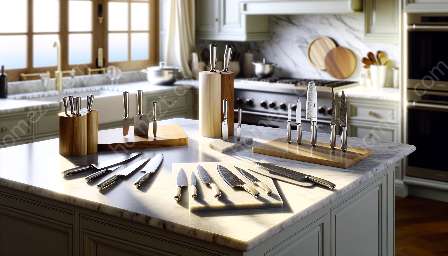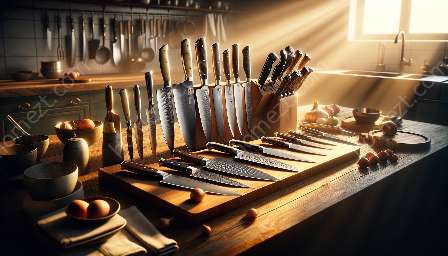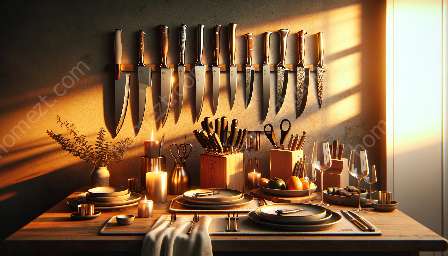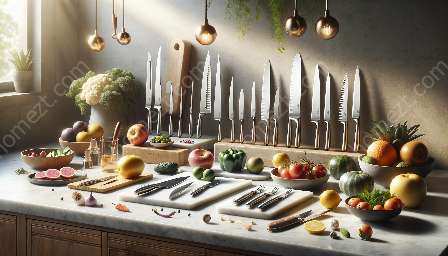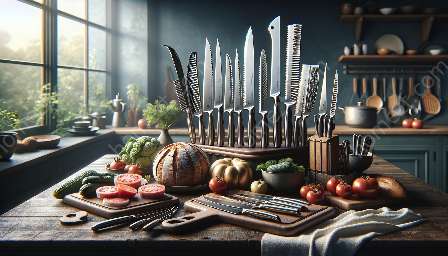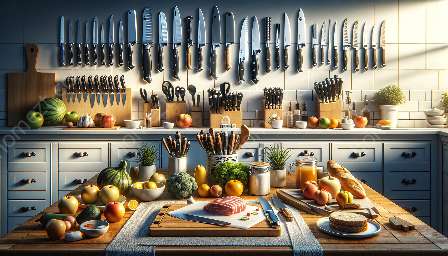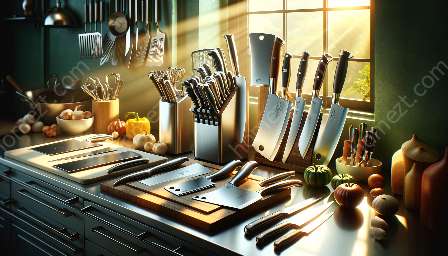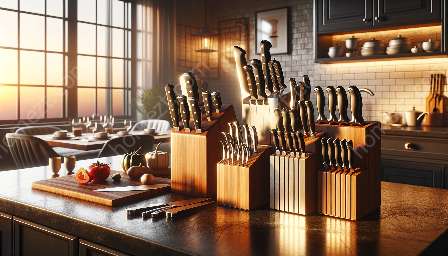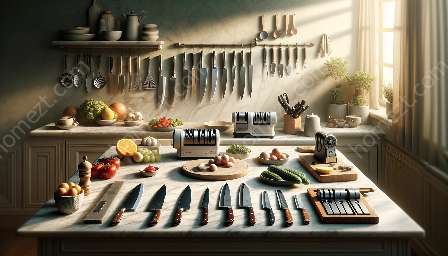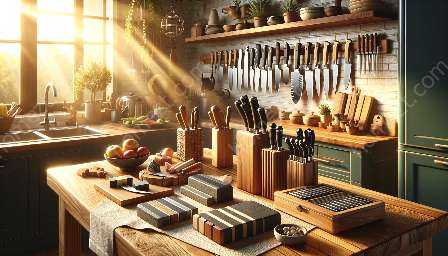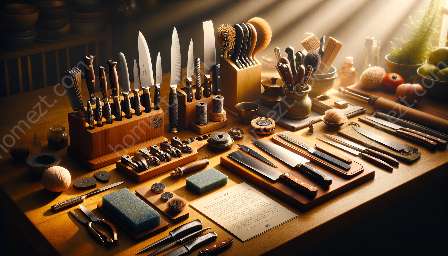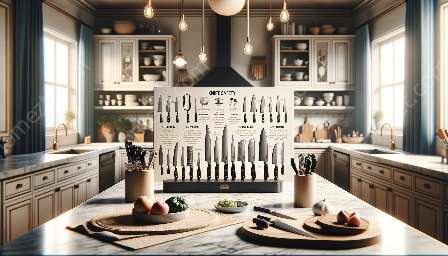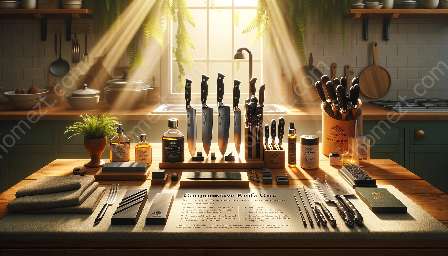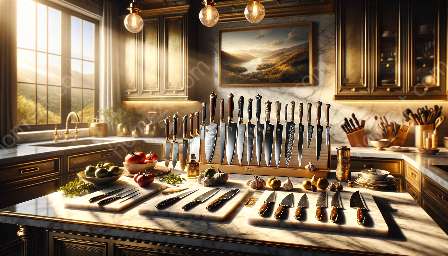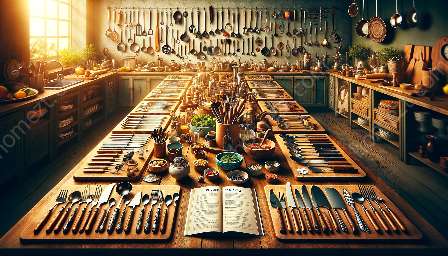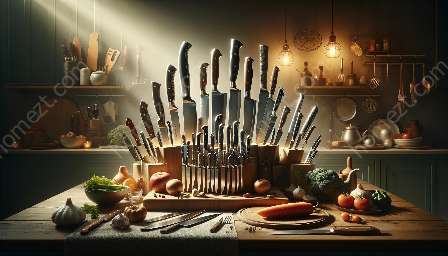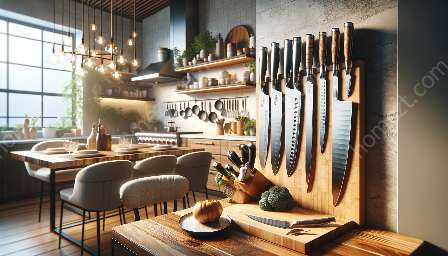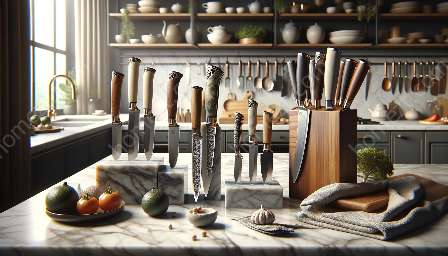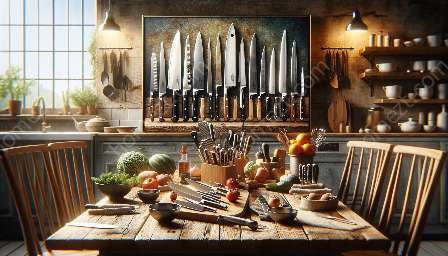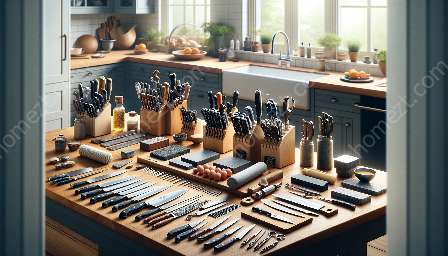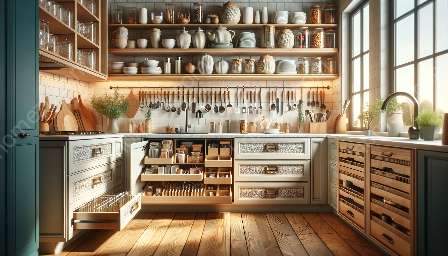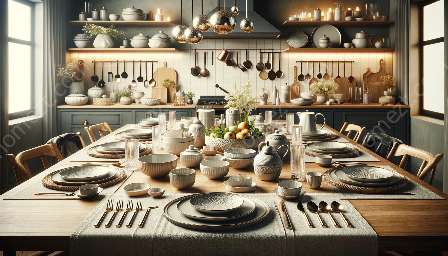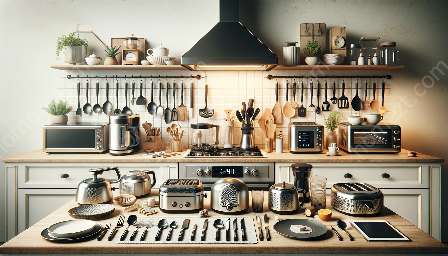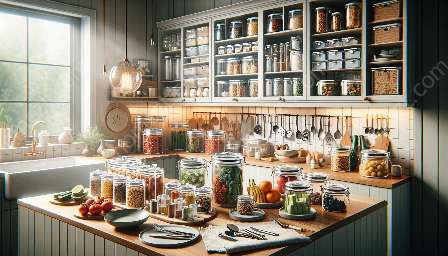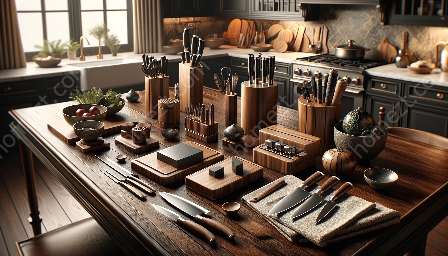When it comes to knives, the handle material plays a crucial role in both performance and aesthetics. The choice of material can greatly impact the overall utility, comfort, and safety of a knife. In this guide, we'll explore various knife handle materials, their compatibility with cutlery, and their relevance to kitchen and dining applications.
Understanding the Importance of Knife Handle Materials
The handle of a knife serves as the interface between the user and the blade. It should provide a secure grip, ergonomic comfort, and durability while also complementing the overall aesthetic of the knife.
Knife handle materials can vary widely in terms of aesthetics, functionality, and maintenance. The choice of material can influence the overall balance of the knife, its resistance to wear and tear, and its suitability for different tasks.
Popular Knife Handle Materials
There are several common materials used for knife handles, each with its own unique characteristics:
- Wood: Wood handles are known for their natural warmth, elegance, and comfortable grip. Different types of wood, such as ebony, rosewood, and oak, offer various grain patterns and hues to suit individual preferences.
- Plastic (Polymer): Synthetic materials like polypropylene and G-10 are popular for their durability, resistance to moisture, and ease of maintenance. They are often used in commercial cutlery due to their affordability and wide range of colors and textures.
- Metal: Materials like stainless steel, titanium, and aluminum provide a modern, sleek look to knife handles. Metal handles are valued for their strength, resilience, and resistance to corrosion.
- Composite: Composite materials, such as Micarta and Carbon Fiber, offer a combination of different materials, providing strength, stability, and unique visual appeal.
- Bone and Horn: Traditional materials like bone and horn lend a rustic charm and historical significance to knife handles. They offer a tactile and visually striking option for both practical and decorative purposes.
- Specialty Materials: Innovative materials, such as paracord, rubber, and exotic woods, are increasingly being used to create distinctive and specialized knife handles with specific performance attributes.
Impact on Cutlery
The choice of knife handle material can influence the overall performance and capabilities of a blade. For example, in professional kitchens, knives with durable, easy-to-clean handles are preferred for efficient and hygienic food preparation. Cutlery made for outdoor use may benefit from materials that offer enhanced grip and weather resistance.
Furthermore, the handle material can impact the weight, balance, and maintenance of the knife, affecting its suitability for specific cutting tasks. For instance, a lightweight handle material may be more suitable for delicate slicing, while a heavier, sturdier handle could be better for tasks that require more force.
Relevance to Kitchen & Dining
In a culinary setting, the handle material of a knife can contribute to both the functionality and visual appeal of the kitchen tools. From professional chef knives to everyday kitchen cutlery, the handle material should align with the specific demands of food preparation, including comfort, grip, and cleanliness.
When selecting knives for kitchen and dining use, factors such as ergonomics, ease of handling, and maintenance requirements become paramount. Understanding the impact of handle materials in the kitchen & dining environment allows chefs and cooking enthusiasts to make informed decisions when choosing the right tools for their culinary needs.
Conclusion
The selection of knife handle materials is a crucial consideration in both the realm of cutlery and the context of kitchen & dining. By understanding the properties and implications of different handle materials, individuals can make informed choices that align with their preferences, needs, and intended uses. Whether it's enhancing the performance of professional cutlery or adding a touch of elegance to the dining table, the right handle material can significantly impact the overall experience of using knives in various culinary settings.

